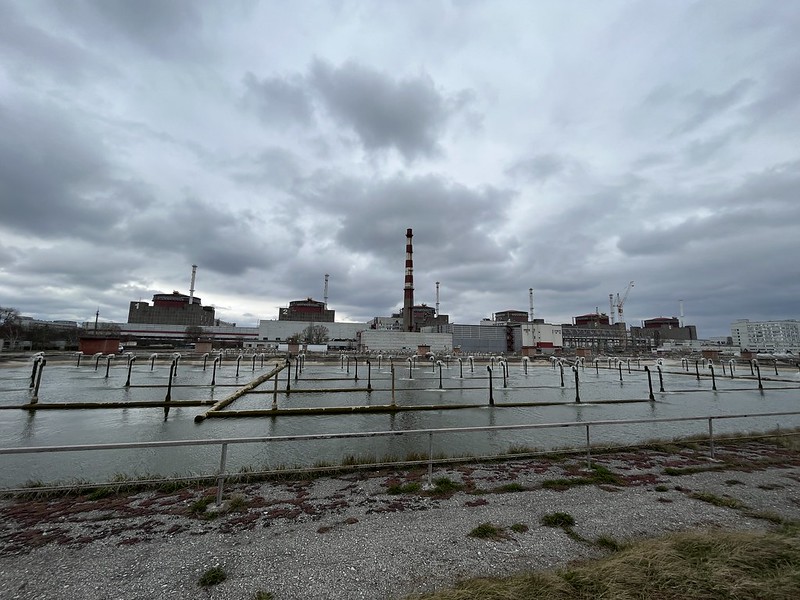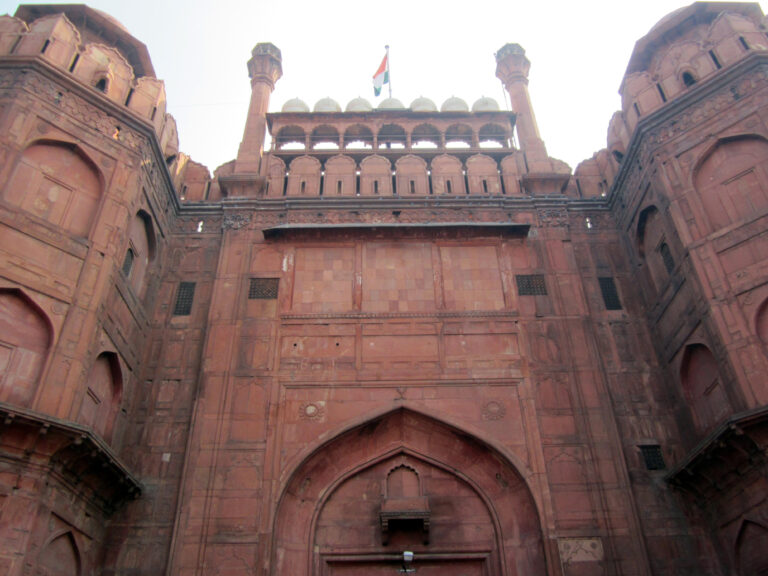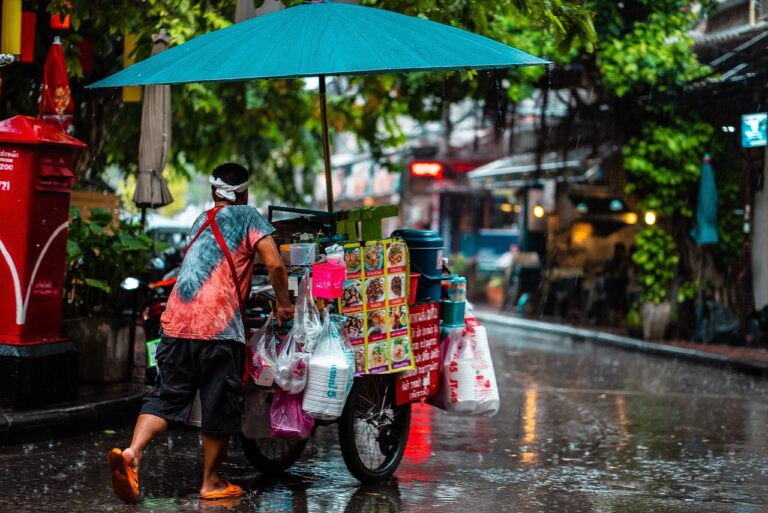
File photo of the Zaporizhzhya Nuclear Power Plant in Ukraine. Photo courtesy IAEA
Vienna: A fourth drone today targeted Zaporizhzhya Nuclear Power Plant (ZNPP), which is Europe’s largest nuclear power plant after three drones directly hit the plant in a military action on April 7, 2024.
Reports suggest that there was one casualty while Russian-appointed operators of the ZNPP claimed they thwarted the attack by Ukraine’s armed forces today with a “kamikaze drone”, and shot it down over the plant. They reportedly said it fell on the roof of reactor No. 6.
This is for the first time since November 2022, that ZNPP was attacked which endangered nuclear safety and security, Director General Rafael Mariano Grossi of the International Atomic Energy Agency (IAEA) said here.
Ukraine today denied involvement in the attack on the Russian-occupied ZNPP, Radio Free Europe/Radio Liberty, reported. IAEA, however, did not assign blame on any party for the attack.
The strike by drones represented a clear violation of the five basic principles for protecting the facility established by Director General Grossi at the United Nations Security Council in May 2023. These were:
- There should be no attack of any kind from or against the plant, in particular targeting the reactors, spent fuel storage, other critical infrastructure, or personnel;
- ZNPP should not be used as storage or a base for heavy weapons (i.e. multiple rocket launchers, artillery systems and munitions, and tanks) or military personnel that could be used for an attack from the plant;
- Off-site power to the plant should not be put at risk. To that effect, all efforts should be made to ensure that off-site power remains available and secure at all times;
- All structures, systems and components essential to the safe and secure operation of ZNPP should be protected from attacks or acts of sabotage;
- No action should be taken that undermines these principles.
“This is a major escalation of the nuclear safety and security dangers facing the Zaporizhzhya Nuclear Power Plant. Such reckless attacks significantly increase the risk of a major nuclear accident and must cease immediately,” Director General Grossi said in Vienna.
IAEA stated that at this point, there were no indications of damage to critical nuclear safety or security systems at the site. However, the military strikes were another stark reminder of persistent threats to the ZNPP and other nuclear facilities during the armed conflict, despite the IAEA’s efforts to reduce the risk of a severe accident that could harm people and the environment in Ukraine and beyond.
“As I have repeatedly stated – including at the Security Council and the IAEA Board of Governors – no one can conceivably benefit or get any military or political advantage from attacks against nuclear facilities. Attacking a nuclear power plant is an absolute no-go,” Grossi said. “I firmly appeal to military decision makers to abstain from any action violating the basic principles that protect nuclear facilities.”
After receiving information from the ZNPP about the drone attacks, the IAEA experts stationed at the site went to three affected locations. They were able to confirm the physical impact of the drone detonations, including at one of the site’s six reactor buildings where surveillance and communication equipment appeared to have been targeted. While they were at the roof of the reactor, unit 6, Russian troops engaged what appeared to be an approaching drone. This was followed by an explosion near the reactor building.
The IAEA team reported that they observed remnants of drones at this and two other impact locations at the site. At one of them, outside a laboratory, they saw blood stains next to a damaged military logistics vehicle, indicating at least one casualty.
The experts reported hearing explosions and rifle fire on the site throughout the day. Additionally, the IAEA team heard several rounds of outgoing artillery fire from near the plant.
While the team so far has not observed any structural damage to systems, structures, and components important to nuclear safety or security of the plant, they reported observing minor superficial scorching to the top of the reactor dome roof of Unit 6 and scoring of a concrete slab supporting the primary make-up water storage tanks.
“Although the damage at unit 6 has not compromised nuclear safety, this was a serious incident that had the potential to undermine the integrity of the reactor’s containment system,” Grossi said.





